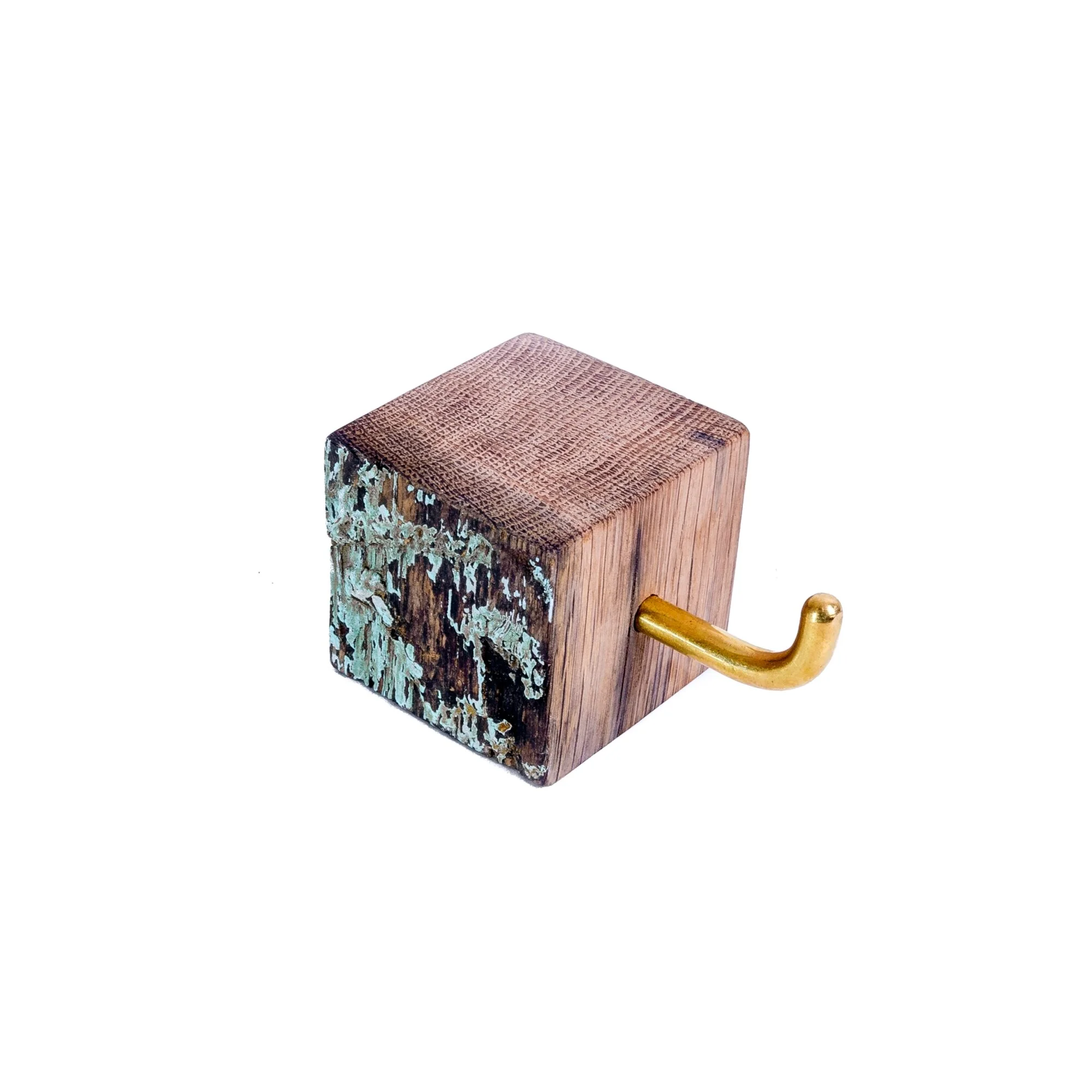Working with the furniture-like objects, the inspiration and significance lies in the quality and history of the material itself. The objects are mainly made of wood found in nature, processed by wind, sun and water and then added other materials. Objects and materials are transformed through a constructive crafting into new sculptural furniture-like objects in compositional and textural balance.
The objects can be seen as exclusive sculptural forms, simultaneous several of the objects have a functional feature. For example, rotten pieces of trunks become so called ‘Hangers’ - a kind of hanging mute servants, hung in rubber straps or hemp ropes and fitted with long thin hooks of brass or steel. These 'Hangers' are basic sculptures and at the same time functional mute servants, depending on the eyes that see.
The idea is to create an interplay between composition and processing of materials to appeal to unknown or forgotten reactions in our sensory apparatus. Throughout, it is the play with both constellations and processing of the material elements, and to a large extent a distortion of traditional static constructions, that makes the objects place themselves in between design, function and sculpture.
The natural beauty embedded in the decayed and eroded wood is consciously utilized as an aesthetic tool that immediately appeals to our senses. Thus the objects function as an opening for a narrative about an ecological aesthetic. In this potential field, the intention is to sharpen the awareness around lifespan and fine balanced biological contexts.
Thus, in addition to being aesthetic exposures the objects are a tool for the narrative of the bare essentials in life, including asking questions about what is a basic must for our existence and what really gives us inner satisfaction in life.



